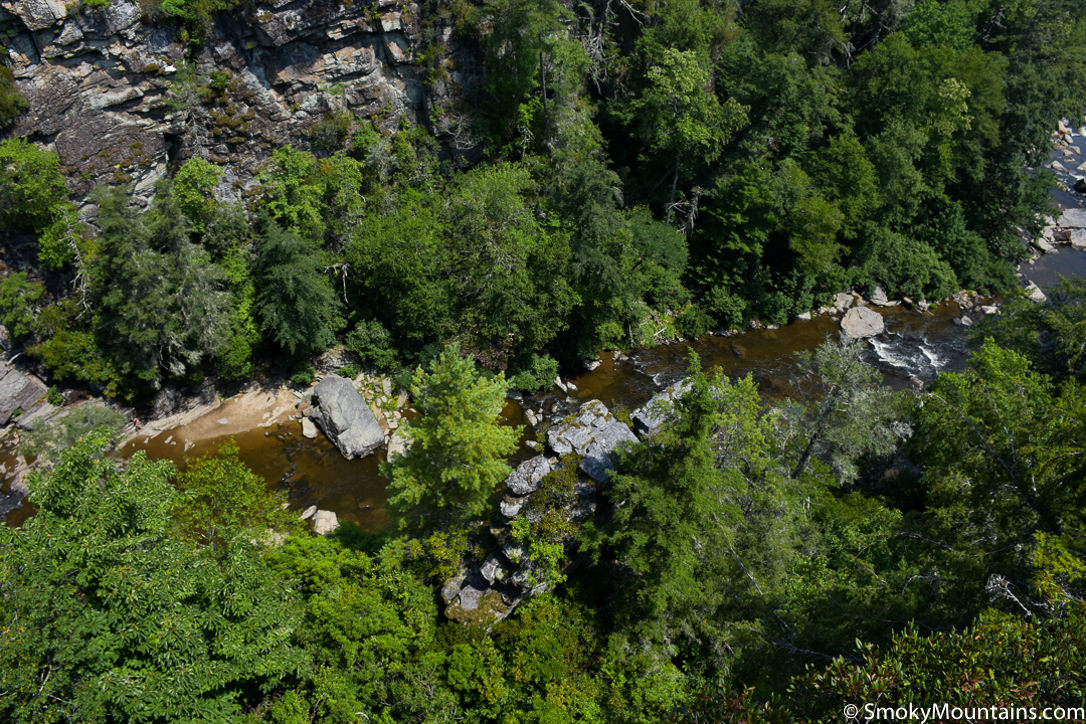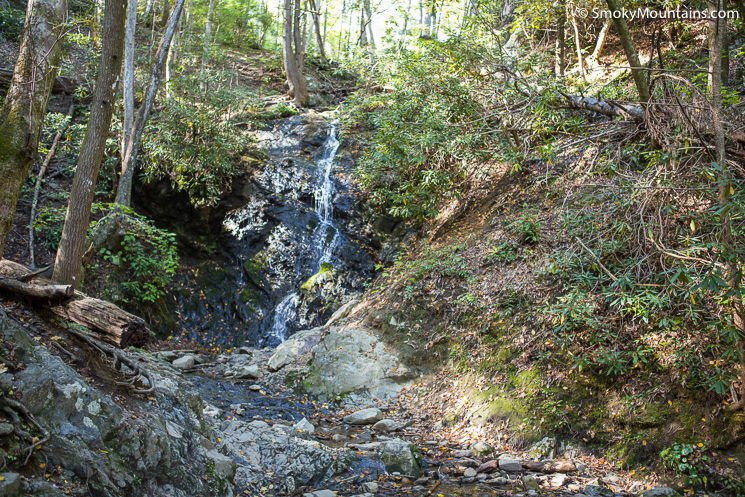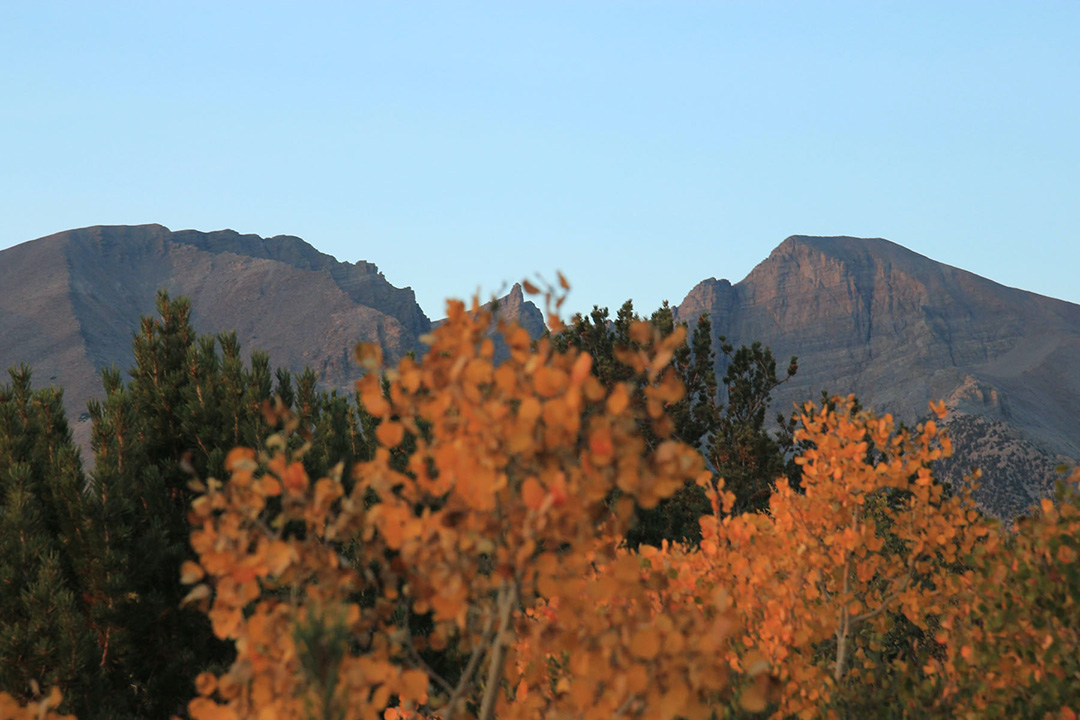You have big plans for hiking in the Smoky Mountains. You’re equipped with high-quality hiking boots, a rugged backpack, and plenty of water. All this prep might not be enough, however. If you’re not ready to deal with the elevation, you could be in for a world of trouble as you reach the summits of the region’s most iconic mountains.
If you’re like most would-be Smoky Mountain hikers, you probably assume that elevation won’t be much of an issue. You’d be forgiven for thinking this way: you certainly won’t reach the steep elevations of the Rockies. At 6,643 feet, Clingmans Dome is the tallest peak — so it’s nowhere near those famed 14,000s out west. Still, anything over 5,000 feet can present significant challenges for novice hikers, particularly if you’re unaccustomed to such elevations — and if you ascend quickly.
In the Smokies, the symptoms of altitude sickness are often mild, so they’re frequently overlooked. Fail to take action, however, and you could be in for some serious discomfort — or in severe cases, your safety could be at risk.
What Causes Altitude Sickness?

Whether it occurs at 14,000 feet or 6,000 feet, altitude sickness involves the same basic phenomenon: the barometric pressure drops as you reach higher altitudes. As a result, less oxygen is available. While you may be accustomed to this if you spend lots of time in areas with high elevation, it can shock your system if you suddenly arrive in a location with a much higher altitude than you typically encounter.
The more time you give your body to adjust to lower levels of oxygen, the less of an issue altitude sickness will be. That being said, a variety of other factors can influence this condition, such as age, gender, and level of physical fitness. Other factors are definitely under your control, such as the rate of ascent and how strenuous the climb becomes.
Signs of Altitude Sickness

Altitude sickness has a way of creeping up on unsuspecting hikers. If you’re observant, however, you can spot the signs of this condition while it’s still easily treatable.
Watch out for these issues:
- Dizziness
- Headache
- Shortness of breath
- Fatigue
- Nausea or vomiting
How to Avoid Altitude Sickness

The first step to preventing altitude sickness is simply being aware that it can happen in the Smoky Mountains. This awareness will shape your behavior, making you more likely to proceed with caution as you take on strenuous hikes.
Beyond this, a few key practices can help you adjust to higher elevations as safely and comfortably as possible:
Sleep at a Higher Elevation
The elevation of the Smokies’ main mountain towns is actually quite low: just over 1,000 feet for Pigeon Forge and nearly 1,300 for Gatlinburg. That being said, many accommodations are found on the outskirts of town and often, at higher elevations that grant them sweeping views.
Your goal when reserving accommodations should go beyond scenery alone: research shows that you are less likely to suffer altitude sickness while hiking if you’ve recently slept at a higher elevation than usual. This will give you more time to adjust, so your ascent won’t seem as dramatic.
Take it Easy for Your First Hike
There’s a lot to see — and only so much time to cover your intended mileage. It’s tempting to pick up the pace, but this could be a recipe for disaster if you’re not accustomed to higher elevations. Why rush? This is the ultimate time to stop and smell the roses. Your hike will be more comfortable and rewarding if you rest on occasion and take in the view.
Taking it easy also means choosing a less strenuous hike for your first expedition. If you have the time to tackle multiple trails, leave the big summits for your finale.
Do your research to determine both the starting elevation and the total gain for each hike. To begin, try something rated as easy or moderate, such as the Laurel Falls Trail or the Gatlinburg Trail. From there, you can work your way up to the more challenging hikes, such as the Gregory Bald Trail or the Trillium Gap Trail.
If you only have a few days available to hike, avoid anything rated as extremely difficult. Even if you’re incredibly fit, the altitude may be a problem. Instead, you can take in the best vistas during a scenic drive. Local routes take you to many of the area’s finest overlooks. While it’s still possible to get altitude sickness while driving, it’s less likely.
Stay Hydrated
Elevation tends to prompt water retention. This effect can be mitigated, to an extent, with proper hydration. No matter where or when you hike, it’s always important to arrive equipped with more water than you think you need. This is especially true when you’re unaccustomed to elevation.
Stop regularly for water breaks and be sure to drink even more if you observe early signs of altitude sickness. Drink slowly; small sips taken regularly are more effective than chugging down an entire water bottle all at once.
Food selection can also influence hydration. While you may be limited to trail mix or energy bars for long hikes, choose meals that limit dehydration if you stay in a hotel or cabin. Eat lots of produce prior to your hike and avoid highly processed foods with a lot of salt. Yes, this can be difficult when there’s so much delicious comfort food at Smoky Mountain restaurants, but there are several healthy establishments worth checking out.
What to Do if Elevation Sickness Strikes

If, despite your best efforts, you start to feel lightheaded as you approach the summit, take a break. As we’ve mentioned, strenuous activity exacerbates elevation sickness, so a short rest may help. While resting, sip water and, if it’s available, take ibuprofen.
If you recover, proceed slowly and take more breaks as you continue your ascent. Otherwise, it may be worth your while to backtrack; reducing your altitude by 500 to 1,000 feet should help. If you begin to experience shortness of breath or severe nausea while resting, you need to descend immediately and may require emergency care.
Elevation sickness is a real possibility in the Smoky Mountains. It must be treated as a serious concern. With a little preparation, however, you should have no trouble reaching and marveling at the Smokies’ most impressive summits.




